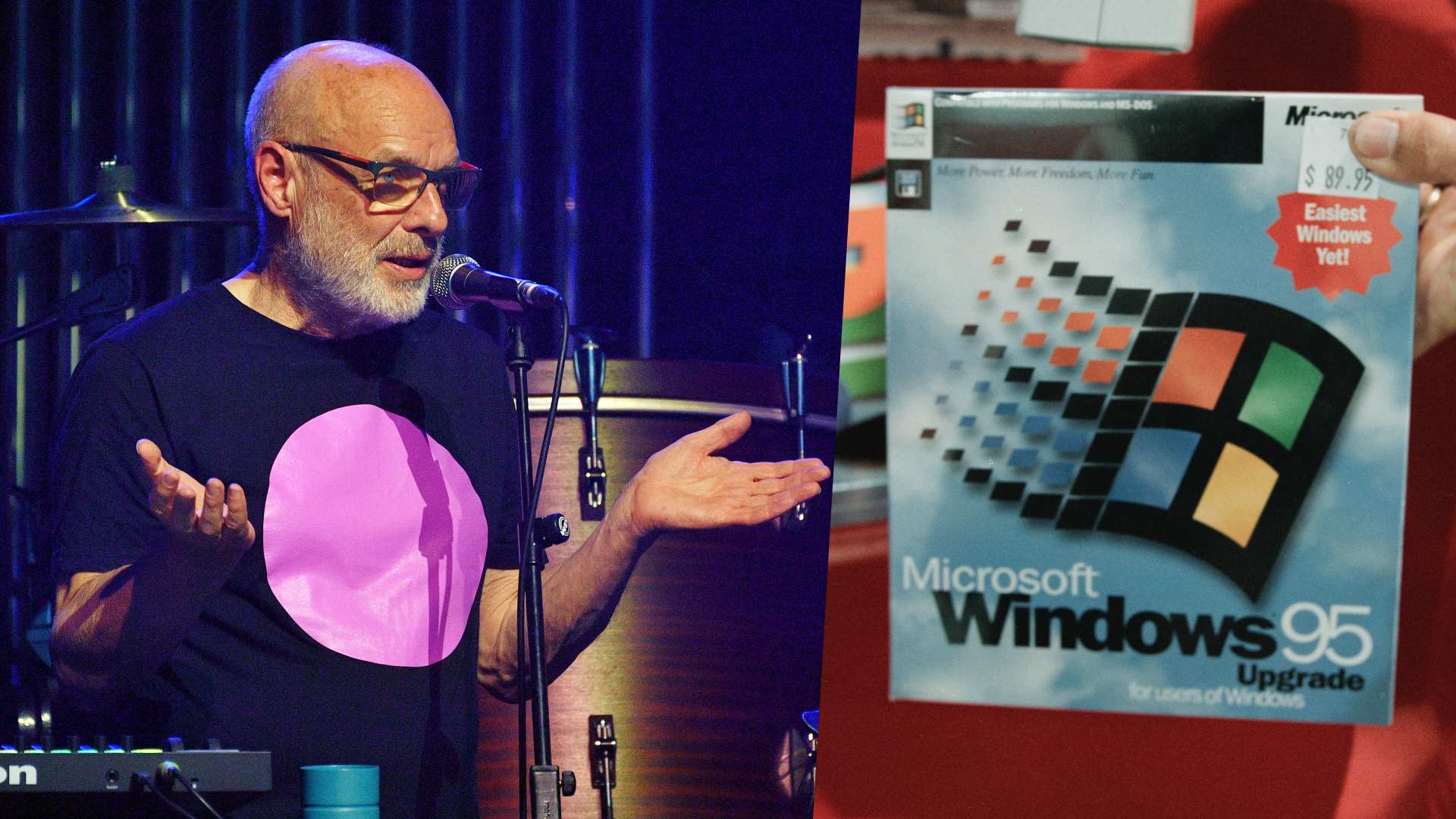NAMM 2012: Casio XW-P1 and XW-G1 synths announced

NAMM 2012: We already knew that Casio had the XW-P1 performance synth on the way, but it turns out that this is only half the story, for it's also launching the XW-P1 groove synth at the show.
Details and specs for each are below, and we'll have video as soon as possible. The Casio XW-P1 will be available in late March and the XW-G1 will arrive in April.
Casio XW-P1 official information
The XW-P1 is a true performance synthesizer that allows users to create a wide array of sounds from many preset tones, including Solo Synthesizer, Hex Layer, and Drawbar Organ tones, as well as numerous types of internal PCM and Synth waves. The unit is also loaded with a full range of functions that are useful for live performances. Weighing only 5.4 kilograms and with a slimly designed body, the XW-P1 can be powered with dry cell batteries, making it possible to be played in a wide range of live settings—from the stage to the street.
Wide selection of preset tones ensures quick access in performances
- 100 Solo Synthesizer presets can reproduce vintage analog synthesizer sounds
- 50 Hex Layer presets layer as many as six tones for ensemble sounds
- 50 Drawbar Organ presets can reproduce traditional Drawbar Organ sounds
- A total of 420 PCM Melody and PCM Drum presets have been produced from samples of various instrument sounds including pianos, guitars, and drums
Special features make it easy for discerning performers to create sounds
- A total of 311 internal Synth waves reproduce vintage analog synthesizer sounds
- A total of 2,158 PCM waves are built in, including wave data from the CZ series, Casio's best-selling digital synthesizers of the 1980s
- Users can create integrated sounds by layering analog synthesizer waves and PCM waves
- Users can produce original Hex Layer sounds by combining as many as six preset tones
- Users can create their own Drawbar Organ sounds by using the nine sliders
Variety of functions useful for live performances
- Users can assign performance setups for up to four designated keyboard zones by using the Performance function
- The Phrase Sequencer lets users create and play back musical phrases to enhance their performances
- The Step Sequencer allows users to create and play back a variety of rhythm patterns
- The Arpeggio function can automatically play arpeggios just by pressing keys
Useful features for applications ranging from performance to music production
Get the MusicRadar Newsletter
Want all the hottest music and gear news, reviews, deals, features and more, direct to your inbox? Sign up here.
- SMF data or audio data saved on an SD card can be played back while playing the keyboard
- MIDI devices, microphones, audio players, and other equipment can be connected using the various input and output terminals
- Portable audio equipment or MIDI devices can be placed on the designated rubber holding space
Casio XW-G1 official information
The XW-G1 is a groove synthesizer equipped with a keyboard and loaded with the functions of the various kinds of digital equipment used by club DJs, including the ability to create and play back a variety of rhythm patterns and musical phrases, all in a single unit. Users can enjoy playing an all-in-one instrument that enables control of cool sounds via sets of nine sliders, 16 Step Sequencer buttons and four assignable knobs arranged on the left side of the top panel.
Step Sequencer lets users create and play back a variety of rhythm patterns
- 100 different rhythm patterns are available for playback in the preset sequences
- Up to 100 original rhythm patterns can be recorded as user sequences
- Users can improvise using the set of 16 buttons while playing back rhythm patterns
- Multiple rhythm patterns—as many as 99—can be connected in a sequence and played as loops using the Chains function
Phrase Sequencer lets users create and play back musical phrases that spice up DJ performances
- 100 musical phrases can be readily played back using the preset phrases
- Up to 100 musical phrases spontaneously played on the keyboard can be stored in memory as user phrases
Useful functions bring out the best in live performance
- A multifunction keys enables users to assign essential functions for DJ performances to keys
- 420 preset tones including Solo Synthesizer and PCM tones can be quickly accessed in keyboard performances
- The Arpeggio function can automatically play arpeggios just by pressing keys
Sample Looper digitally samples any sound, and allows overdubbing
- Sounds performed on the synthesizer as well as sounds input from external source can be sampled and played back in loops of up to 19 seconds long, allowing overdubbing
- Sampled sounds that are saved as user tones can be played in keyboard performances
Excellent scalability for more performance enjoyment
- Users can choose from a wide variety of preset tones or internal PCM and Synth waves to create sounds
- Various input and output terminals enable connection of audio equipment and MIDI-compatible devices, such a DJ gear and musical instruments
- Portable MIDI devices or audio equipment can be placed on the designated rubber holding space

I’m the Deputy Editor of MusicRadar, having worked on the site since its launch in 2007. I previously spent eight years working on our sister magazine, Computer Music. I’ve been playing the piano, gigging in bands and failing to finish tracks at home for more than 30 years, 24 of which I’ve also spent writing about music and the ever-changing technology used to make it.









